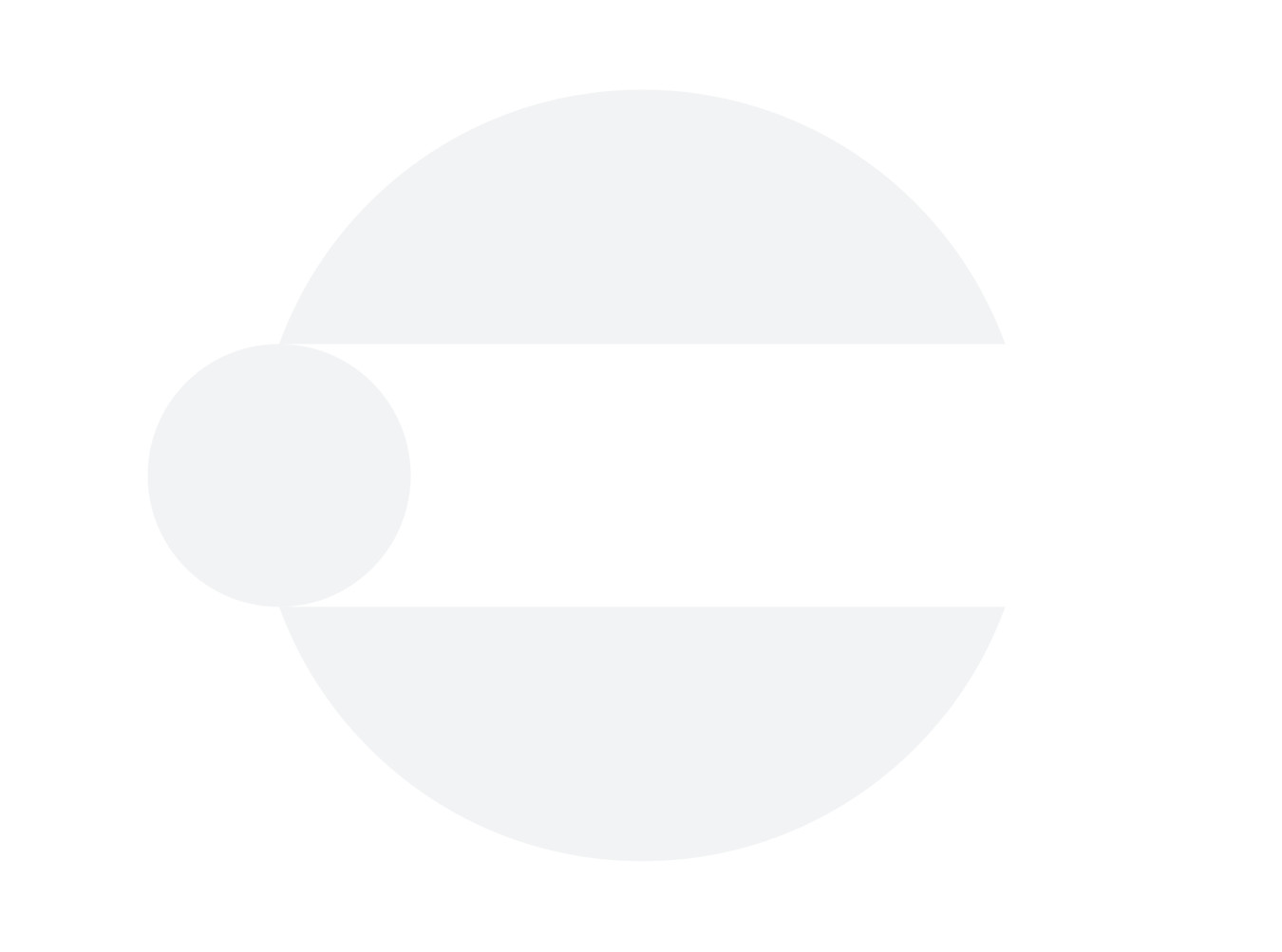Fred and Klaus from Bitwig came by our shop after NAMM to talk about different workflows for making music. Bitwig Studio is a DAW with an uncommonly open-ended workflow, making it possible to create timeline-style arrangement, clip-based live performances, modular-style nonlinear compositions, and more. In this talk, we see an overview of some of Bitwig's native possibilities—with a heavy emphasis on hardware integration and on the integrated Grid environment, a modular platform for creating your own virtual instruments and effects.
What is Bitwig?
Bitwig was originally introduced in 2009, appearing at first to be a competitor to Ableton Live—which had already taken hold as a standard tool for creating electronic music. Bitwig in some ways is similar to Ableton, using a mixture of arrangement workflows and clip and scene-based performance options: that is to say, each software is intended for use both as a studio tool and as a performance tool. Bitwig, however, has its own unique set of features as well—many of which are outlined in the video above.
One of Bitwig's greatest strengths is its potential for internal modulation and pattern automation. Rather than relying solely on MIDI automation for its internal parameters, it uses a modular-style scheme of automation to map LFOs, envelopes, sequencers, and the like to virtual instrument parameters...making it quick and intuitive for synthesists to jump in and start creating the same sorts of sounds they might make on hardware devices. Modulators can even modulate one another, adding remarkable potential for creating animated, lively sounds.
Bitwig also offers native support for generating control voltage to send to external CV-capable devices, like modular and semi-modular synthesizers. You'll need a DC-coupled audio interface to take best advantage of these features—for instance, in the video, Fred uses an Expert Sleepers ES-8 as his audio interface, enabling him to send and receive audio and CV to and from external devices. He uses this for a number of purposes—to send pitch CV to his modular system, to send virtual modulation signals to hardware oscillators and filters, to insert an analog filter in a virtual effect chain...the possibilities are nearly endless. It quickly becomes clear how seamless a relationship between the computer and hardware could be.
 A glimpse at the Grid in Bitwig Studio 3
A glimpse at the Grid in Bitwig Studio 3
The Grid Explained
In this presentation, Klaus focused on showing some of the pure potential of the Grid—Bitwig's integrated environment for creating effects and virtual instruments. The Grid in Bitwig is somewhat like Max for Live in Ableton...but the Grid is focused specifically on tools useful for making music, whereas Max is a somewhat more open-ended development environment that, while powerful, can be daunting to musicians. And while the Grid still has its own learning curve, it is much closer to using a modular synthesizer than it is to using Max—and so, we suspect many musicians will gravitate toward it.
Klaus presents some ideas about how to create typical virtual instruments with the Grid, but he quickly diverges into deeper, more complex sound design techniques. Within a matter of minutes, he demonstrates how to roll your own custom waveshaper, how to use a quantizer as a distortion, examples of FM, phase distortion, and phase modulation, even how to create a crude pitch shifter—making it abundantly clear that virtually any effect you dream up can be achieved in the Grid. Granular synthesis, custom reverbs, FM feedback, and more are possible...and of course, given the deep potential for integrating external instruments via CV or MIDI, the Grid becomes a natural extension of virtually any style of hardware setup from desktop devices to modular synths.
The expansion of Bitwig's CV capabilities and the recent addition of the Grid have made it one of our favorite available DAWs. It provides a ton of different workflows that should appease the needs of several sorts of musicians...so whether you're doing clip-based live performance, live recording, or open-ended experimental music with a modular system, Bitwig has something to offer you.









